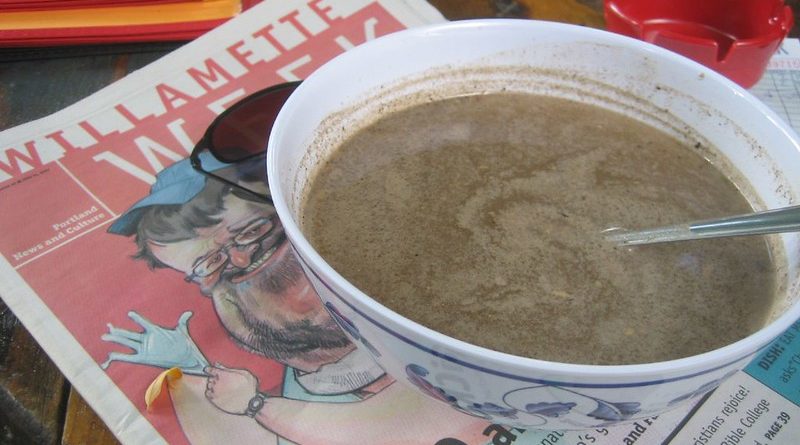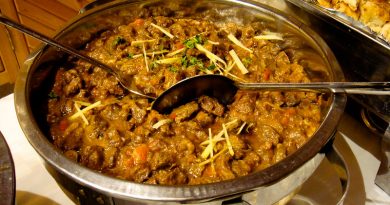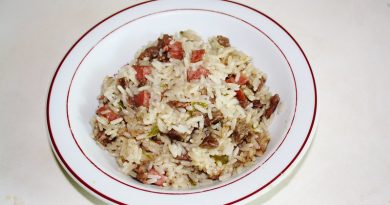Pacific Foods: Kava
Kava is the root of the piper methysticum plant, a member of the pepper family. Although the natives of Pacific Islands have used kava in a social context for thousands of years, this fascinating plant has recently gained popularity in western countries as a herbal remedy.
Origins and History
When Admiral James Cook sailed to Hawaii in 1771, he was accompanied by a botanical expert called J.G.A. Forster, who recorded the extraordinary use of kava by the natives, who used it in a ritual and social context. In fact, inhabitants of the Pacific Islands, such as Tahiti, Fiji, Micronesia and Samoa had been using kava as an intoxicating beverage for thousands of years – and continue to do so today.
The Poynesians had not discovered how to ferment alcohol before the coming of the Europeans. Instead, they found that kava was a naturally occurring substance which reduced tension and sent the user to a higher plane of consciousness. The Europeans tried to curb the use of this mild narcotic, but their attempts were futile. Kava was more than a recreational drug – it had a number of ceremonial functions which the natives were unwilling to dispense with. Kava was taken before embarking on a journey; served to guests at weddings, funerals and social occasions; used to maintain a state of calm during important meetings; administered to soothe agitated tempers during a dispute; and was often offered to visitors as a sign of goodwill. Kava drinking continues to be a symbol of cultural revival amongst indigenous communities.
Kava is also known to have a number of medicinal properties, which the Polynesians were the first to exploit. Nowadays, the powdered form is increasingly used in western cultures as a diuretic, sedative, cure for insomnia, treatment for coughs and to alleviate the symptoms of PMS and the menopause.
Serving Suggestion
The traditional way of administering kava may turn the stomach of the squeamish. The roots are cleaned, chewed up and spat out into a bowl full of coconut milk and water. The concoction is then strained and the juice of the root repeatedly squeezed out until it runs clear. The guest of honour is usually invited to drink first and they should gulp the drink down in one mouthful.
If you don’t fancy a trip to Fiji, you can still benefit from the medicinal properties of kava by visiting your local health food store. It might not be as much fun, but at least you don’t need to prepare it using someone else’s saliva!




